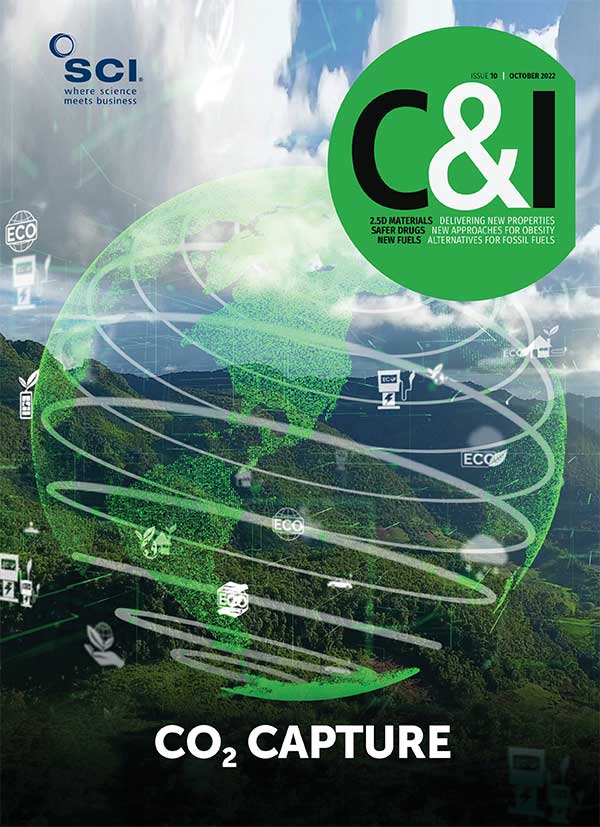Maria Burke
Green hydrogen – produced by water electrolysis using renewable energy – is the ultimate clean energy. But it depends on the availability of freshwater. Now Kevin Li and his team from the University of Melbourne, Australia, has designed a prototype electrolyser that can produce high purity hydrogen from moisture in the air without consuming liquid water.
The key to their direct air electrolysis (DAE) module system is the electrolyte, either a combination of melamine and potassium hydroxide, or glass foam and sulfuric acid. These sponge-like materials ‘soak’ up moisture from the air and then direct it to the cathode where it is split into oxygen (vented to air) and hydrogen, collected in a storage tank. The system’s efficiency depends on how well the spongy material pulls in liquid water from the air. The team claims this design improves on other approaches where water is harvested as a vapour and needs to be condensed into a liquid before it can undergo electrolysis, which requires other materials and several more steps.
The team reports their DAE module can operate at a relative humidity as low as 4% for more than 12 consecutive days, without any input of liquid water (Nat. Commun., 2022, 13, 5046). They also demonstrated a solar-powered free-standing prototype consisting of five DAE modules stacked in parallel. It was tested in a hot, dry summer in Melbourne where the relative humidity ranged from 20-40%. They report the prototype produced pure hydrogen steadily depending on the sun’s intensity and note that the production rate was substantially higher than other modules described in the literature which use artificial humidification to boost water vapour input.
‘To the best of our knowledge, our DAE could be the first technology exceeding the target of 20% solar-to-hydrogen energy efficiency set by the US Department of Energy,’ they state.
In another demonstration, the team coupled the DAE module with a wind turbine and successfully produced high purity hydrogen from the air feed. Solar and wind DAE farms holds the potential for generating abundant hydrogen in arid and semi-arid areas with minimal environmental impact, the researchers say. The system could also be an add-on to existing solar panels, using excess energy to produce hydrogen.
Water electrolysis to produce green hydrogen faces the challenge of scarce freshwater supplies, which in many instances are affected by pollution, as well as industrial consumption, points out Athanasios Chatzikakis of the University of Oslo’s Centre for Materials Science and Nanotechnology Chemistry. ‘Capturing and electrolysing water vapour in air is a very promising way to alleviate the need for freshwater supplies as ambient humidity is in principle inexhaustible and available everywhere, in varying quantities. Efforts to simplify the design, minimise the need for noble and scarce elements, better integrate the water absorber with the catalytic sites – electrodes – and finally adapt processes that could produce directly dry hydrogen gas, eg for direct storage in metal hydrides, will bring this technology to industrial scales.’





